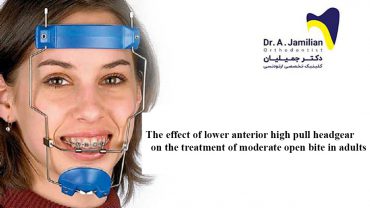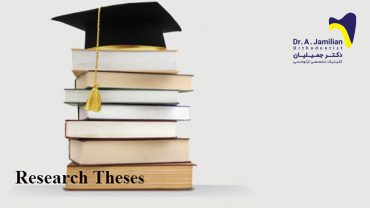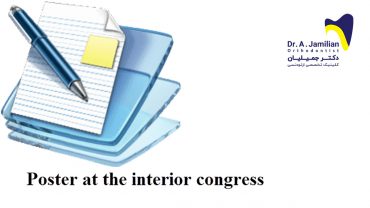Ghassemi M, Jamilian A, Becker JR, Modabber A, Fritz U, Ghassemi A. Soft-tissue changes associated with different surgical procedures for treating class III patients. J Orofac Orthop. 2014 Jul; 75(4):299-307. Epub 2014 Jul 6
Abstract
OBJECTIVE:
The aim of this study was to evaluate the effects of different surgical procedures on soft tissue and skeletal changes.
PATIENTS AND METHODS:
Pre- and postoperative lateral cephalograms of 191 class III patients aged 16-58 years were retrospectively analyzed and divided into three groups according to the surgical therapy they had undergone. Group I had undergone maxillary advancement (n=51), group II a bimaxillary (n=102) procedure, and group III mandibular setback (n=38). Cephalometric assessments were made at the beginning of orthodontic treatment (T1) and at least 8 weeks after surgical correction of the class III malocclusion (T2). Nasolabial angle and the distance between the lower lip and the esthetic line were evaluated as soft-tissue parameters, while the skeletal parameters included the SNA and SNB angles, Wits value, gonial angle, and relative position of the maxilla to mandible. Mean values and standard deviations were calculated and any significant difference between soft and hard tissue in association with surgery methods was determined applying the Wilcoxon test using SAS statistical software.
RESULTS:
Compared to mandible setback, the number of bimaxillary procedures and maxilla advancements has increased significantly in recent years (0.04). SNA values measured at T2 were an average of 84° in group I, 83° in group II, and 82° in group III, thus, revealing a tendency to return to the normal range. SNB values measured at T2 averaged 81° in group I, 80° in group II, and 81° in group III. We observed significant changes in the nasolabial angle according to the surgical approach taken (p=0.018). Changes in the distance between the lower lip and the esthetic line were only slightly significant (p=0.050). No significant differences were noted among the surgical approaches in terms of SNA and SNB angles.
CONCLUSION:
The two groups that underwent advancement of the maxilla (groups I and II) revealed marked improvements in soft-tissue esthetics
Article in PubMed
Keywords
Soft Tissue, Class 3






